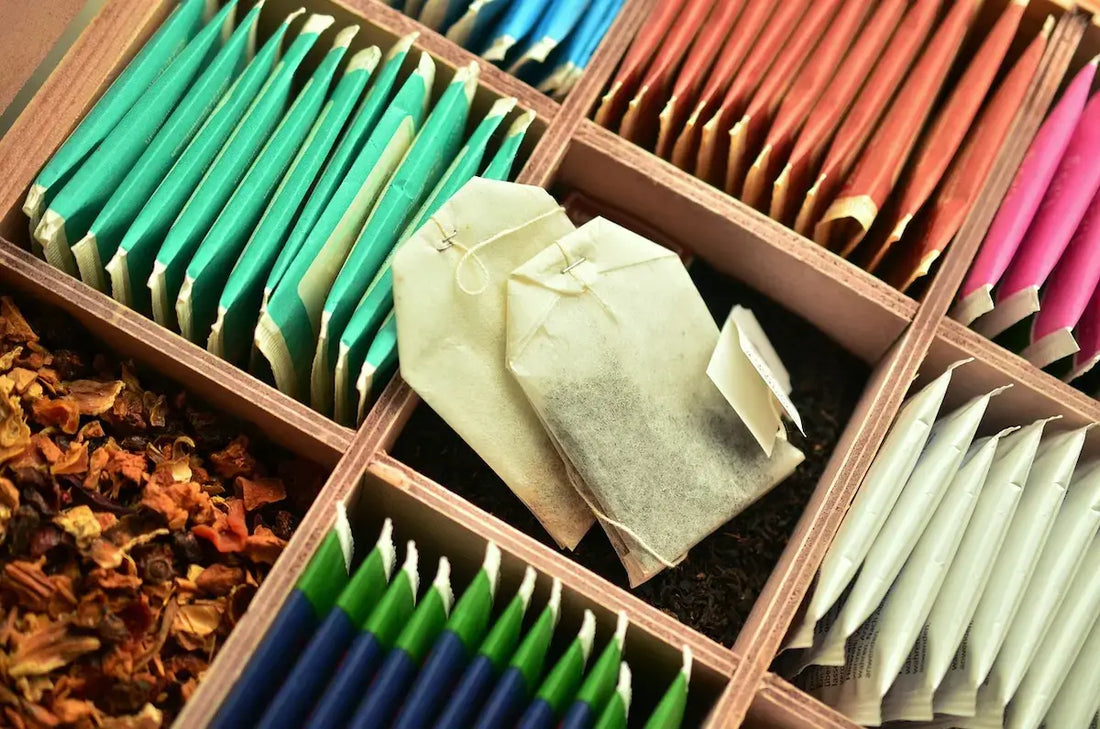
The History of the Tea Bag: From Accident to Everyday Essential
The tea bag has a surprising origin that can be described as somewhat accidental. It may come as a surprise that the invention of the tea bag did not emerge from centuries of tea traditions, but rather through a few key innovations in the early 20th century.
Since its early beginnings, tea leaves were often used in their loose form. The simplicity of brewing broken leaves with hot water and straining them before enjoying, is a method that has been around for centuries. However, the time-consuming and multifaceted nature of this method is far from convenient. Thus, in the late 19th century, a more streamlined mechanism of making tea was desired, it came to life as the tea bag.
The story of the tea bag begins with a New York tea merchant, Thomas Sullivan, in 1908. At the time, to reduce the mess of shipping loose-leaf tea to his customers, Sullivan shipped them in small silk pouches. The intention was for these small bags to be opened and their contents to be poured into the teapot before consumption. However, many of his customers would unintentionally place the entire pouch directly into the cup to steep. The convenience and efficiency of this method quickly gained traction and began to popularize. Sullivan caught onto the novelty of brewing tea in the mechanism and began marketing his teas in these small bags – birthing the concept of the tea bag. It was sold as a simple, pre-measured, and easily disposable mechanism for brewing tea.
Sullivan originally used silk for his tea bags, however as other companies started to adopt the concept of the tea bag, this was soon replaced by cheaper materials. In 1930, the Lipton Tea Company began mass-producing tea bags made from paper, making bagged tea more affordable and accessible to the public. Over time, paper tea bags became the standard for every cup. Furthermore, as home life became busier in the 1950s and 1960s, consumers sought convenience. The instant gratification of throwing a tea bag into a hot cup of water became the default over measuring and straining loose-leaf tea.
The design of the tea bags has evolved quite a bit. In the early days, tea bags were small rectangular sacks that required a string for easy removal. William Hermanson from the American Tea Packing Company created the first machine-made tea bag which is the string and tag tea bags we all know and use today.
Premium brands began to offer higher quality teas that used the whole leaf, resulting in more innovative designs like pyramid-shaped tea bags. This shape of tea bags gave more space for the tea leaves, enabling them to expand and release more flavor. Additionally, the soft, breathable mesh of the nylon or silk helped to enhance the flavor of the brew, creating a more enjoyable experience.
What began as a simple idea to streamline the brewing process quickly became a revolutionary product that reshaped the tea industry. Today, tea bags are used worldwide, everything from the basic brands to luxurious, artisan teas can be found in this form. The innovation of tea bags has undoubtedly become a fixture in the everyday lives of many avid tea drinkers.
